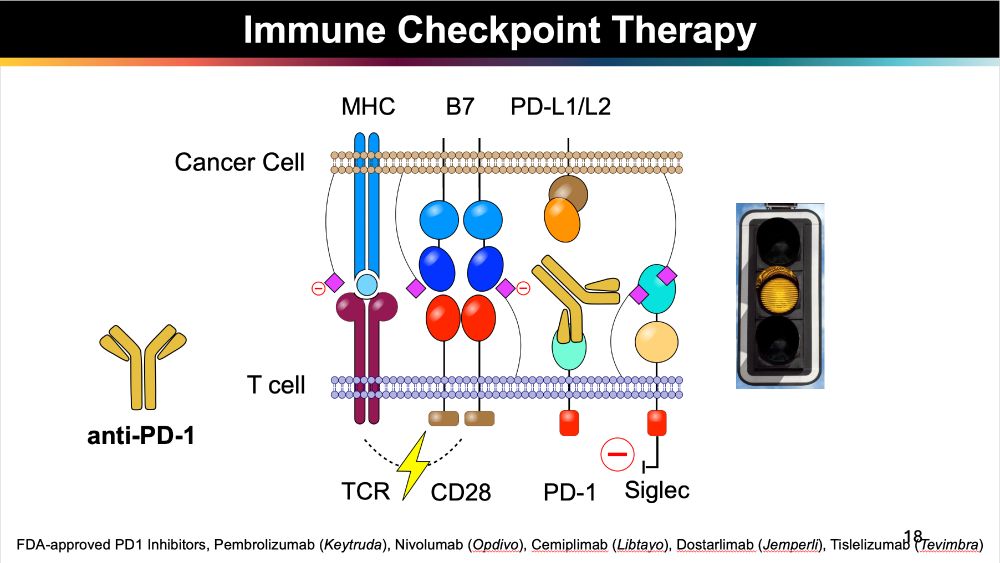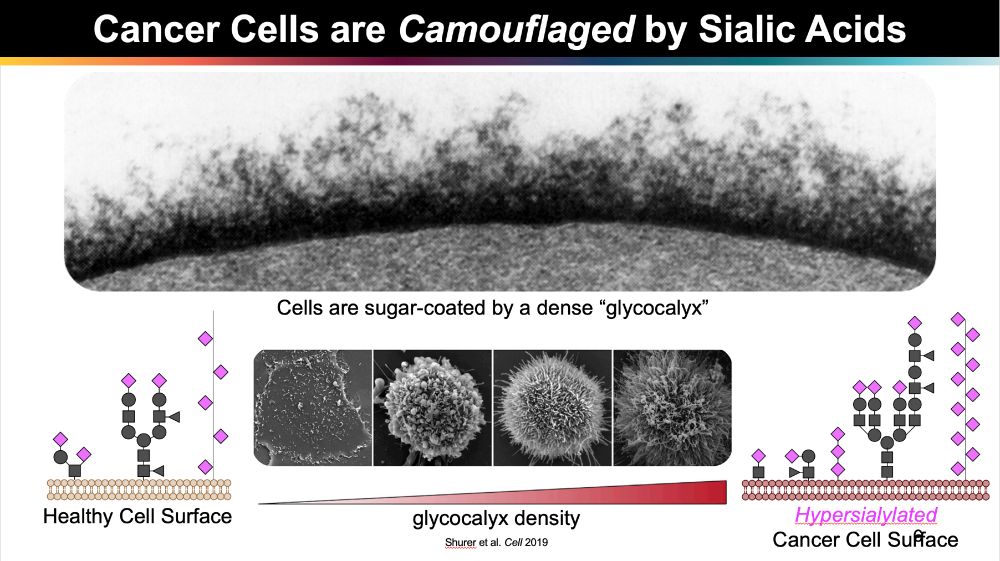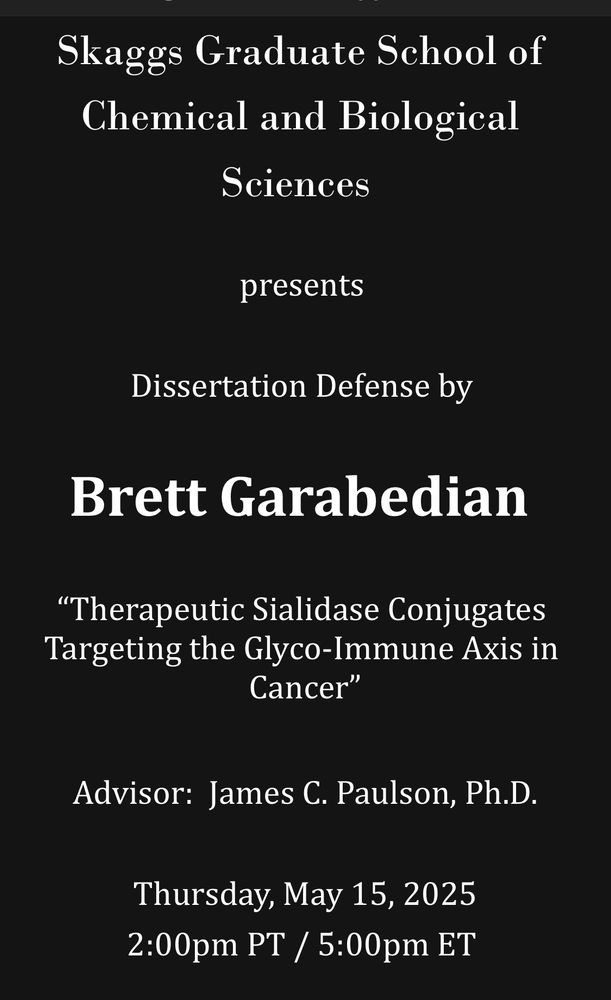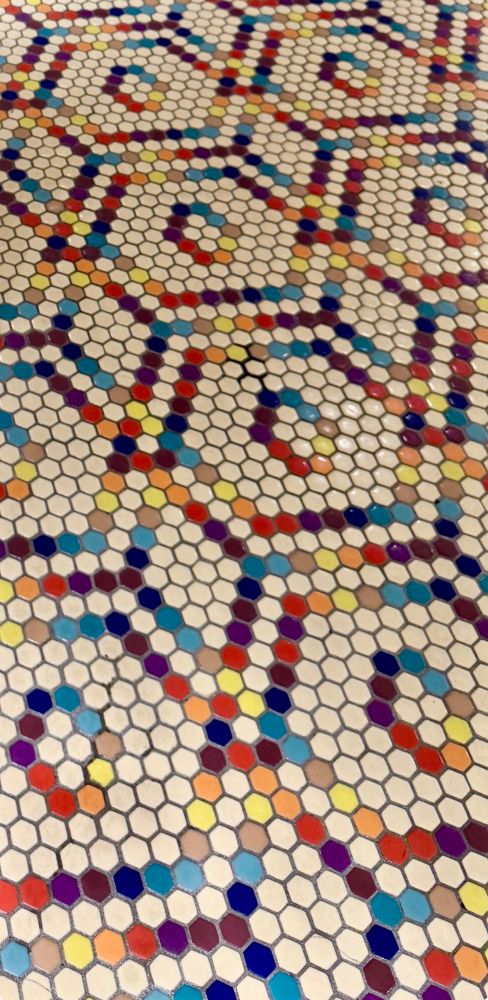















Showing off some Paulson lab bling gifted to recent graduates! 🎓 ♦️ 💎
#Siglec #SialicAcid #Glycotime #PhD




Showing off some Paulson lab bling gifted to recent graduates! 🎓 ♦️ 💎
#Siglec #SialicAcid #Glycotime #PhD
I will defend my PhD Dissertaion on May15 at 14:00 PST.
Tune in to learn all about “Therpeutic Sialidase Conjugates Targeting the Glyco-Immune Axis in Cancer”.
(Link in the comments)
#Siglec #SialicAcid #Glycotime

I will defend my PhD Dissertaion on May15 at 14:00 PST.
Tune in to learn all about “Therpeutic Sialidase Conjugates Targeting the Glyco-Immune Axis in Cancer”.
(Link in the comments)
#Siglec #SialicAcid #Glycotime
Someone needs to check the hole on the 8th green..


Someone needs to check the hole on the 8th green..



